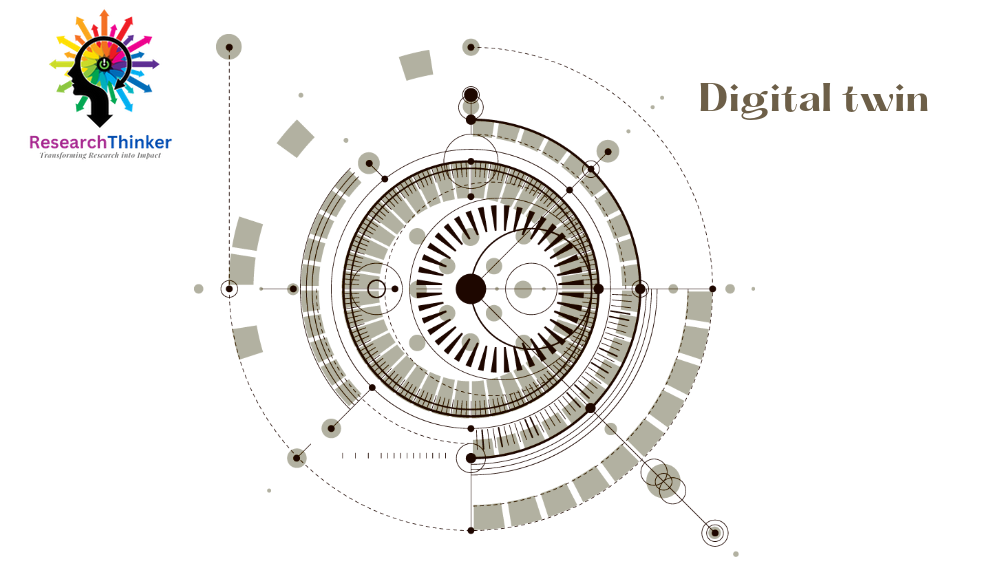AR (Augmented Reality) and digital twins are two emerging technologies that are expected to play a major role in the future of industry.
The market for AR is also growing rapidly, with increasing adoption across various industries, including gaming, healthcare, retail, and automotive, among others. According to a report by MarketsandMarkets, the global AR market size is expected to grow from USD 1.4 billion in 2020 to USD 55.8 billion by 2025, at a Compound Annual Growth Rate (CAGR) of 65.3% during the forecast period. The growing demand for AR-based applications in smartphones and tablets, the increasing adoption of AR in e-commerce and marketing, and the rising investment in AR technology by tech giants such as Google, Microsoft, and Apple, are some of the key factors driving the growth of the AR market. The market is also expected to witness significant growth opportunities in emerging applications such as AR-based navigation, education, and training, as well as in emerging economies due to the increasing adoption of smartphones and the availability of low-cost AR devices.
The market for digital twins is growing rapidly, with increasing adoption across various industries, including manufacturing, healthcare, aerospace, and automotive, among others. According to a report by MarketsandMarkets, the global digital twin market size is expected to grow from USD 3.1 billion in 2020 to USD 48.2 billion by 2026, at a Compound Annual Growth Rate (CAGR) of 58.9% during the forecast period. The growing demand for IoT and Cloud platforms, the increasing adoption of Industry 4.0, and the need for efficient and cost-effective asset management and maintenance are some of the key factors driving the growth of the digital twin market. The market is also expected to witness significant growth opportunities in emerging economies due to the increasing industrialization and the adoption of smart technologies in these regions.
AR can enhance the industrial workforce’s productivity, safety, and accuracy by providing them with real-time data and insights about their work environment. For example, workers can use AR glasses or helmets to access digital instructions or manuals while performing maintenance tasks on complex machinery, which can reduce errors and improve efficiency. AR can also be used for remote assistance, where experts can guide workers in real-time from a remote location, reducing the need for travel and improving response time.
Digital twins, on the other hand, can help industries improve their processes and optimize their operations by creating virtual replicas of their physical assets, systems, and processes. By monitoring and analyzing data from the digital twin, industries can gain insights into their operations, identify inefficiencies and opportunities for optimization, and make data-driven decisions
AR and digital twins are two emerging technologies that are expected to transform the industrial landscape by enabling more efficient, safer, and data-driven operations. AR can enhance industrial workforce productivity, safety, and accuracy by providing real-time data and insights about their work environment, while digital twins can help industries improve their processes and optimize their operations by creating virtual replicas of their physical assets, systems, and processes. By leveraging the power of AR and digital twins, industries can gain insights into their operations, identify inefficiencies and opportunities for optimization, and make data-driven decisions, resulting in more efficient and safer operations.




